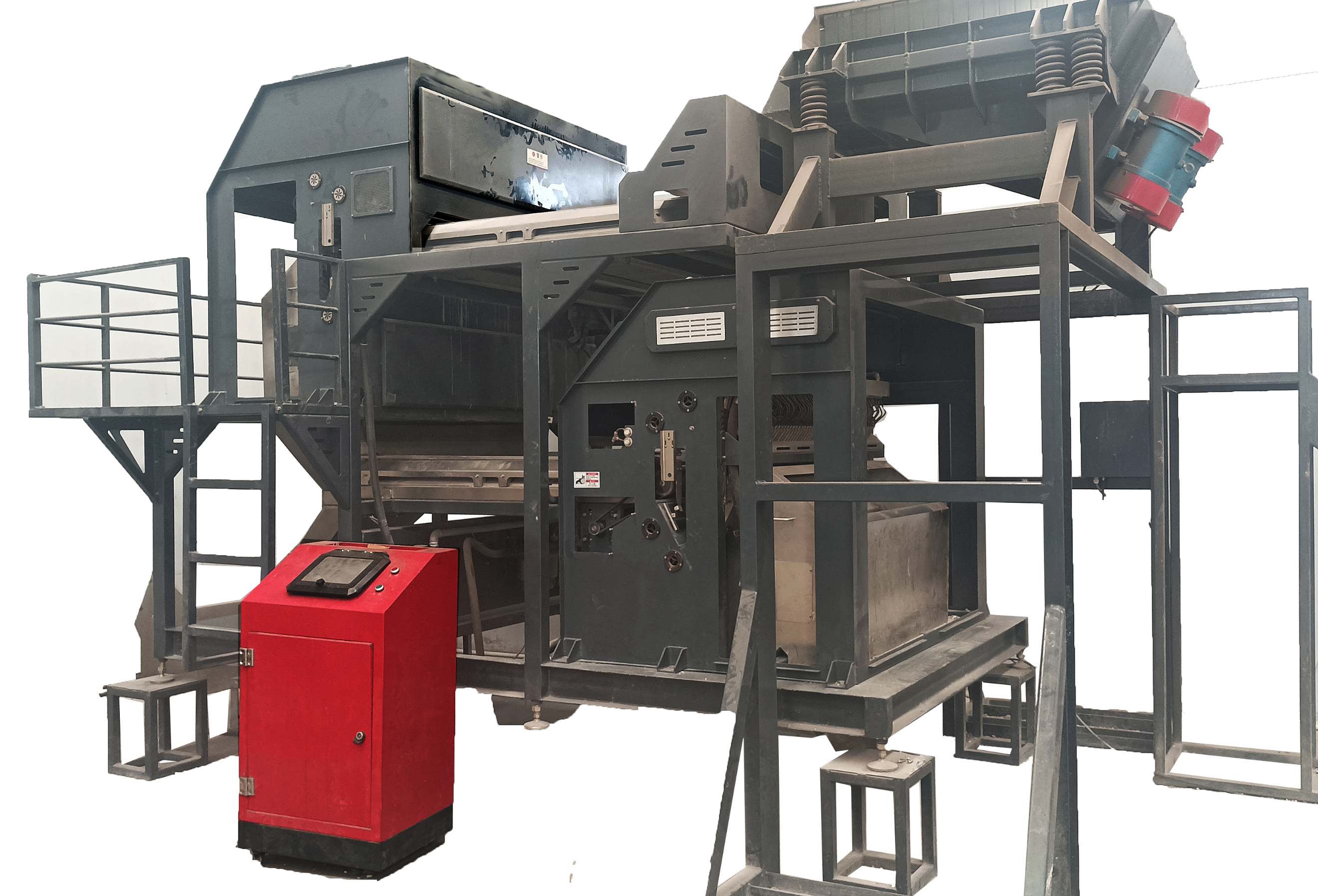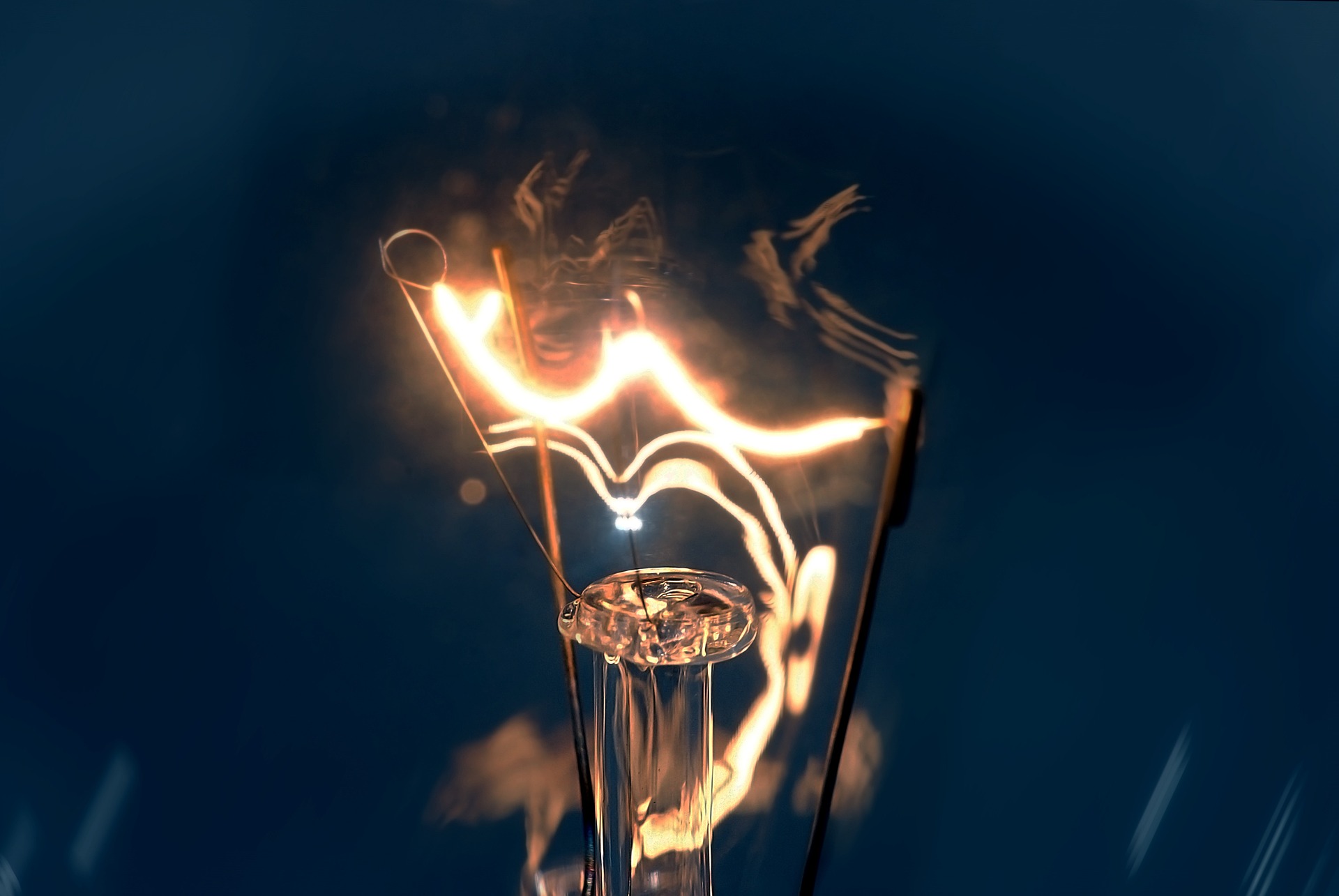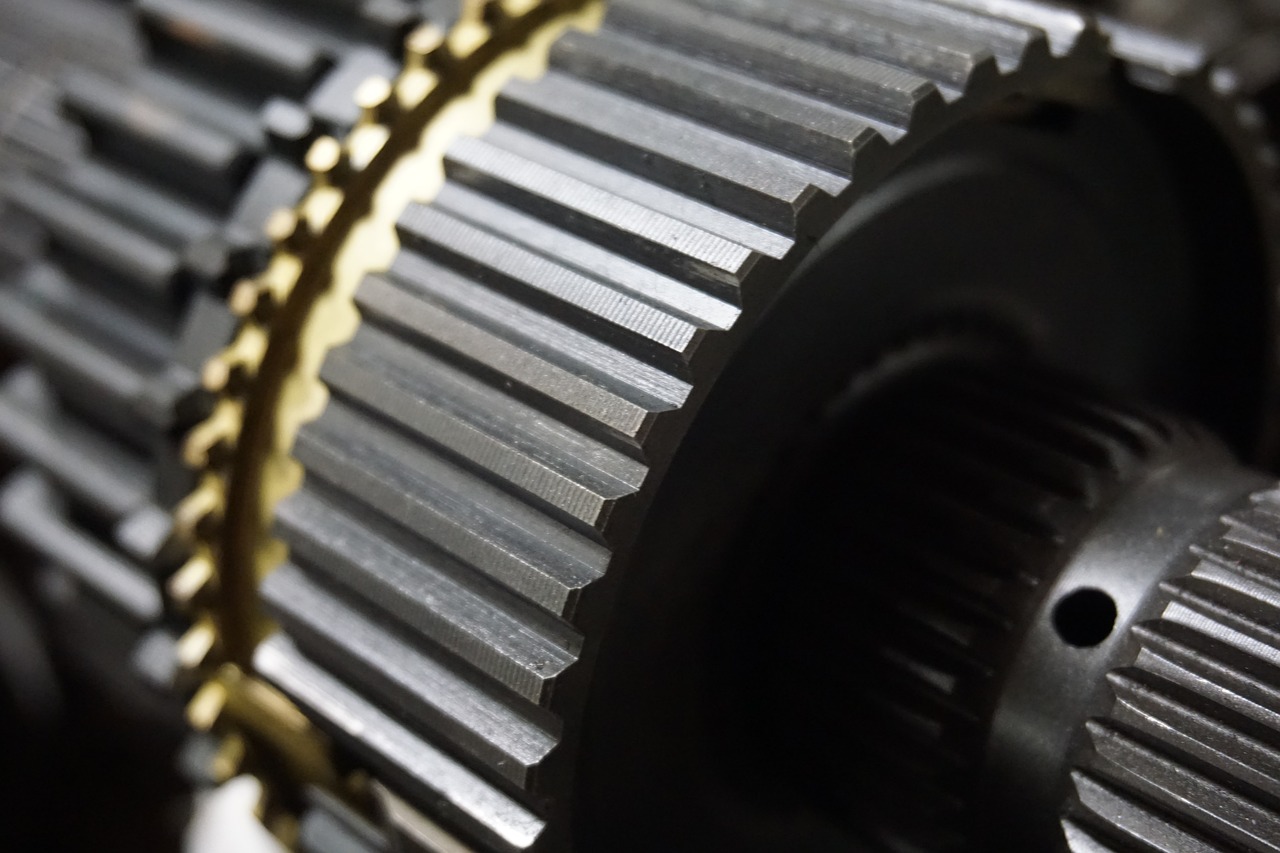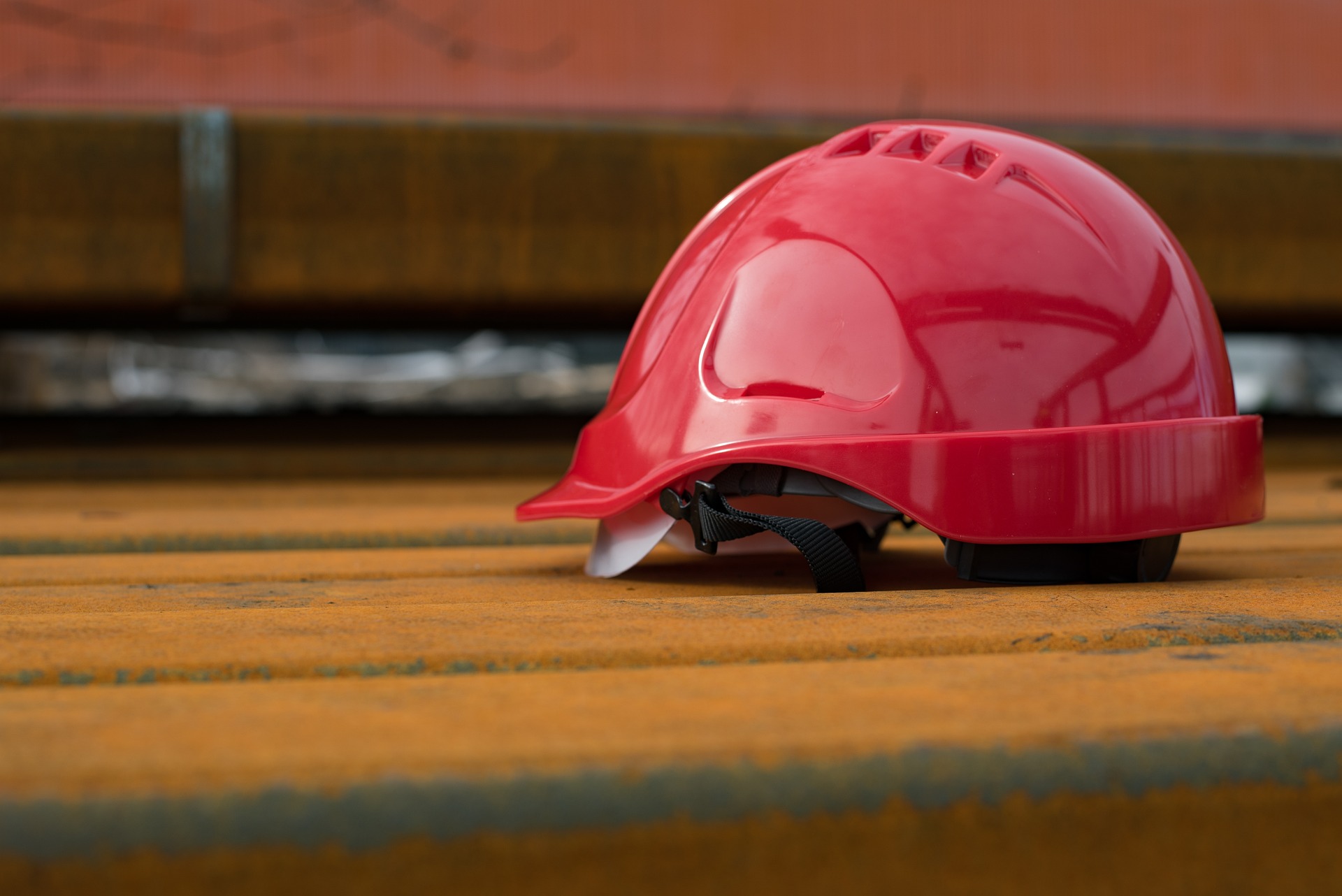Subscribe to our newsletter and always be the first to hear about what is happening.
Daily Care and Maintenance of Photoelectric Mineral Processing Equipment!
Jun 01, 2024Photoelectric mineral processing equipment is a kind of mineral processing equipment that integrates high efficiency, accuracy and easy operation. It is based on the principle of photoelectric effect and realizes the separation of minerals and impurities through the interaction between light and minerals.

https://www.mdoresorting.com/ccd-sensor-based-ore-color-separator-sorting-machine
Its main components include feeding system, photoelectric system, control system and sorting system. The equipment has a wide range of applications, including metal mines, non-metallic mines, coal and waste beneficiation. Its advantages lie in its high efficiency, low cost, green environmental protection and technological progress. Compared with traditional physical beneficiation and chemical beneficiation, the only energy consumption of photoelectric beneficiation is electricity consumption, and the cost per ton of beneficiation is low. At the same time, photoelectric beneficiation has zero pollution to the environment and is a more environmentally friendly beneficiation method.
Therefore, as a high-efficiency, accurate, easy-to-operate, environmentally friendly and intelligent mineral processing equipment, daily inspection and maintenance are important links to ensure its long-term stable operation, accurate sorting and extended equipment life. The following are some daily inspections of equipment:
Visual inspection:
Check whether the equipment housing is intact, damaged or deformed.
Check whether the moving parts such as conveyor belts and rollers have abnormal wear or damage.
Photoelectric beneficiation equipment may accumulate dust and dirt during operation, which will affect its performance. Therefore, the surface and interior of the equipment should be cleaned regularly, especially the optical parts and sensors.
Electrical system inspection:

Check whether the power plug and power cord are intact and not damaged or aged.
Check whether the power switch, indicator light, etc. are working properly.
Use a multimeter or other tool to check whether the voltage, current and other parameters of the circuit board are normal.
Pay attention to waterproof, moisture-proof and dust-proof, and ensure that the electrical system is in a dry and clean environment.
Optical system inspection:

Check if the lens is clean and free of dust or stains.
Check if the light source is working properly and the brightness is appropriate.
Check if the photoelectric sensor is sensitive and can accurately identify the material.
Mechanical system inspection:

Check whether the tension of the conveyor belt is appropriate, without looseness or excessive tension.
Check whether the rotating parts such as rollers and bearings are flexible, without sticking or abnormal noise, and the moving parts need to be lubricated regularly.
Check the vibration and noise of the equipment, and deal with any abnormalities in time.
Software system check:

Check the software version of the equipment to ensure it is the latest version.
Perform functional tests on the equipment regularly to check whether the equipment's sorting algorithm and parameter settings are correct. Including mineral processing effect, recognition accuracy, etc., to ensure that the equipment is in the best working condition. If any problems are found, they should be adjusted or repaired in time.
Check whether the communication interface of the equipment is normal and whether the connection with other equipment is stable.
Safety performance inspection:

Check whether the safety protection devices of the equipment are intact, such as protective covers, emergency stop buttons, etc.
Check the grounding of the equipment to ensure that it meets safety standards.
Records and Reports:

Establish equipment maintenance records. Each inspection should be recorded in detail, including inspection time, inspection content, problems found and treatment methods. Any problems or abnormalities found should be fed back to the relevant departments in a timely manner for timely processing.
Regularly summarize and analyze inspection records to identify potential problems and formulate preventive measures.
Please note that the above inspection contents are only general suggestions. The inspection items of specific equipment may vary depending on factors such as equipment model, use environment and process requirements. Therefore, it is recommended to refer to the user manual or maintenance guide of the equipment and formulate a detailed inspection plan based on the actual situation. At the same time, any problems found should be dealt with in a timely manner to ensure the normal operation and efficient sorting of the equipment.
In addition, in order to ensure the long-term and stable operation of the photoelectric mineral processing equipment, in-depth maintenance and repairs should be carried out regularly. This includes replacing severely worn parts, checking the safety of the electrical system, etc.
When the equipment fails, contact professional maintenance personnel in time to deal with it to avoid self-disassembly or repairs that may cause the problem to expand.